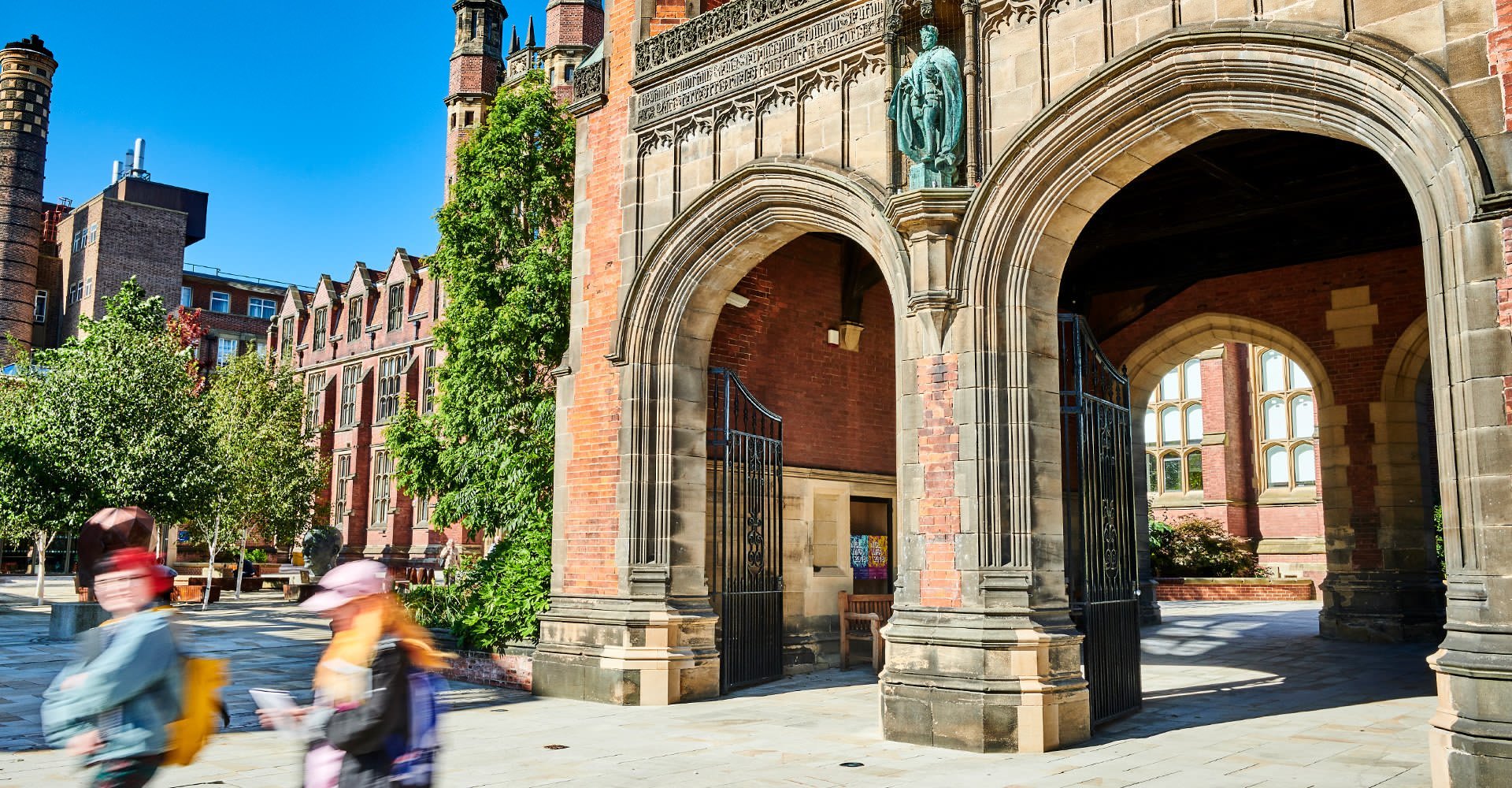MEC3031 : Introduction to Biomedical Engineering
- Offered for Year: 2025/26
- Module Leader(s): Dr Göksu Kandemir
- Lecturer: Dr Oana Bretcanu
- Owning School: Engineering
- Teaching Location: Newcastle City Campus
Semesters
Your programme is made up of credits, the total differs on programme to programme.
| Semester 1 Credit Value: | 10 |
| ECTS Credits: | 5.0 |
| European Credit Transfer System | |
Aims
• To introduce basic anatomy and biomechanics concepts relevant to bioengineering
• To provide knowledge and understanding of key bioengineering principles.
• To raise critical awareness of the use of biomechanics and biotribology and provide practical examples of their application.
Outline Of Syllabus
• Introduction to relevant anatomy and biomechanics for mechanical engineers
• Introduction to human gait cycle
• Overview of biotribology and its applications
• Case studies of orthopaedics engineering (such as spinal implants, cervical discs and wrist implants)
Teaching Methods
Teaching Activities
| Category | Activity | Number | Length | Student Hours | Comment |
|---|---|---|---|---|---|
| Guided Independent Study | Assessment preparation and completion | 10 | 2:00 | 20:00 | Independent study for quizzes. |
| Scheduled Learning And Teaching Activities | Lecture | 1 | 1:00 | 1:00 | Introduction. |
| Guided Independent Study | Assessment preparation and completion | 1 | 2:30 | 2:30 | Independent study for exam preparation. |
| Guided Independent Study | Assessment preparation and completion | 10 | 5:00 | 50:00 | Review lecture materials. |
| Guided Independent Study | Assessment preparation and completion | 1 | 1:30 | 1:30 | Exam completion. |
| Scheduled Learning And Teaching Activities | Lecture | 1 | 10:00 | 10:00 | Lecture material |
| Scheduled Learning And Teaching Activities | Small group teaching | 1 | 5:00 | 5:00 | Tutorials |
| Scheduled Learning And Teaching Activities | Drop-in/surgery | 10 | 1:00 | 10:00 | Drop-in tutorials. |
| Total | 100:00 |
Teaching Rationale And Relationship
The students will investigate the functioning of natural and replaced human joints through employing the principles of biomechanics and biotribology. Lectures cover fundamental knowledge and help students to apply what they learnt to specific case studies. Independent study supports the students’ self-study in reading around the lecture material and the associated scientific literature, and learning to solve the practical engineering problems identified during lectures. Assessment preparation and completion will allow students to fully prepare for both their formative and summative assessments. (C1, C2, C3, C5, C6, C13, C18)
Assessment Methods
The format of resits will be determined by the Board of Examiners
Exams
| Description | Length | Semester | When Set | Percentage | Comment |
|---|---|---|---|---|---|
| Digital Examination | 90 | 1 | A | 100 | Multiple-choice question Inspera examination (C1, C2, C3, C5, C6, C13). |
Formative Assessments
Formative Assessment is an assessment which develops your skills in being assessed, allows for you to receive feedback, and prepares you for being assessed. However, it does not count to your final mark.
| Description | Semester | When Set | Comment |
|---|---|---|---|
| Computer assessment | 1 | M | Weekly quizzes covering material delivered each week (C1, C2, C3, C5, C6, C13, C18) |
Assessment Rationale And Relationship
Assessment will be by a multiple-choice question computer-based examination via Inspera. This will test the students’ knowledge of the contemporary issues in biomedical engineering as well as their ability to undertake appropriate engineering calculations (C1, C2, C3, C5, C6, C13).
Weekly online quizzes are offered to help reinforce material, practice calculation and guide student learning (C1, C2, C3, C5, C6, C13, C18).
Reading Lists
Timetable
- Timetable Website: www.ncl.ac.uk/timetable/
- MEC3031's Timetable
